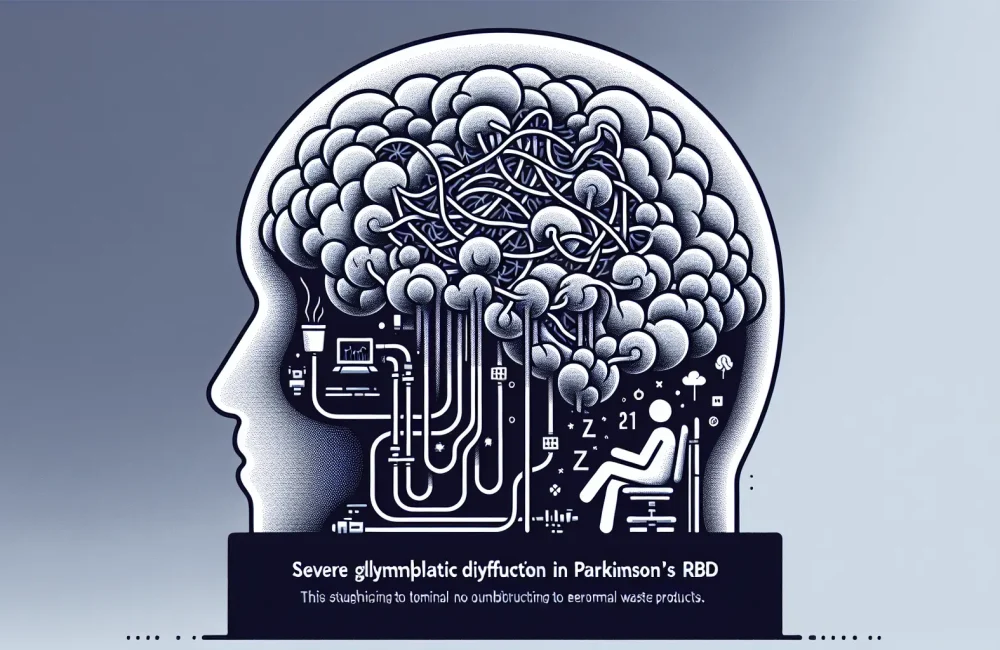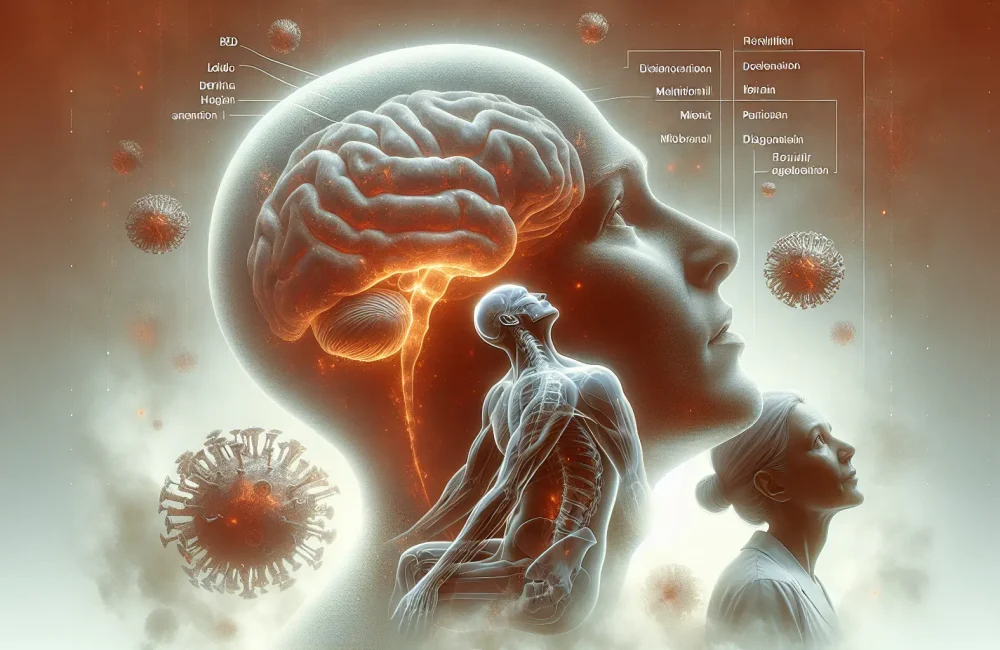By CAFMI AI From npj Parkinson’s Disease (Open Access)
SMA Microstructure and Its Role in Parkinson’s Gait Impairment
Parkinson’s disease (PD) is well known for causing significant gait disturbances that impact patients’ daily functioning and overall quality of life. The supplementary motor area (SMA) is a critical brain region involved in motor planning and execution, making it a key focus for understanding motor dysfunction in PD. Recent advances in neuroimaging have allowed researchers to investigate the microstructural integrity of the SMA in detail, revealing that alterations in this area correlate strongly with gait abnormalities in PD. This study utilized advanced imaging techniques to assess the SMA microstructure in individuals diagnosed with Parkinson’s disease, linking reduced structural integrity directly to the severity of gait impairment. Such findings are critical as they provide a neurobiological basis to explain why some patients experience more profound gait difficulties, beyond the general motor symptom severity or disease duration. This is clinically important because targeting the SMA may offer new avenues to manage and potentially slow gait decline in PD patients.
Clinical Implications and Therapeutic Potential of SMA Findings
Understanding the relationship between SMA microstructure and gait impairment opens new doors for clinicians treating Parkinson’s disease. Since gait difficulties contribute heavily to falls risk, loss of independence, and increased healthcare utilization, identifying reliable biomarkers that explain gait dysfunction is essential. The microstructural changes in the SMA uncovered by this study suggest that therapies aimed at preserving or enhancing SMA integrity could mitigate gait problems. For example, rehabilitation interventions like targeted physical therapy or neuromodulation techniques (e.g., transcranial magnetic stimulation) might be tailored to strengthen SMA function. Additionally, these neuroimaging markers could help inform prognosis by identifying those at higher risk for rapid gait deterioration, allowing for earlier, more aggressive intervention. The findings emphasize the importance of comprehensive motor assessments in PD that extend beyond global motor scales to include neuroimaging and detailed gait analysis.
Study Design, Limitations, and Future Directions for Parkinson’s Care
The study employed state-of-the-art neuroimaging technologies to quantify the microstructural properties of the supplementary motor area in a cohort of Parkinson’s patients, correlating these measurements with objective gait metrics such as stride length, gait speed, and variability. Importantly, the observed correlation between SMA integrity and gait function was independent of other factors like disease duration and overall motor impairment scores, highlighting the distinct role that SMA health plays in motor control. However, this cross-sectional study’s design limits conclusions about causality, and longitudinal studies are needed to determine how SMA changes over time relate to disease progression and gait deterioration. Future research should also explore whether therapeutic interventions can effectively modify SMA microstructure and translate into clinical improvements in gait. From a primary care perspective, these findings encourage clinicians to integrate advanced neuroimaging-based biomarkers with traditional clinical assessments to develop more personalized and precise management plans. Patient counseling should address how SMA-related gait impairments may evolve and inform expectations regarding treatment options and monitoring strategies.
Read The Original Publication Here






